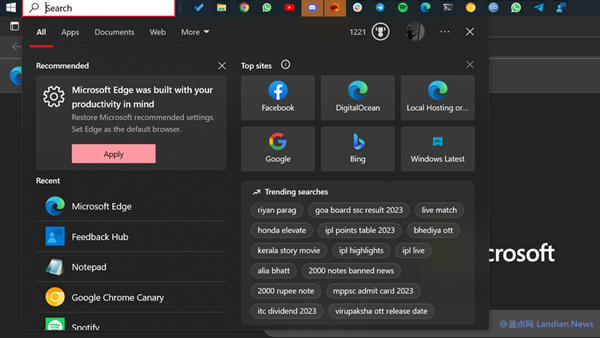Older CPUs Face the Axe as Microsoft Updates Requirements for Windows 11 and Edge
In a move reflecting its commitment to security and performance, Microsoft is gradually increasing the CPU requirements for its software. The upcoming Windows 11 24H2 update, slated for release, will mandate CPUs to support specific instruction sets like POPCNT. Devices that lack this support will find themselves unable to install the latest iteration of Windows 11.
Similarly, in the realm of web browsers, Microsoft has announced adjustments. Starting with Microsoft Edge version 126.0, CPUs that do not support the SSE3 instruction set will be unable to run the browser. This version of Microsoft Edge is scheduled for official release on June 13, 2024. Users operating on older CPUs without SSE3 support will be unable to upgrade to this new version of Microsoft Edge and will have to make do with their current version.
For the majority of users, this update will not pose an issue. SSE3, a technology introduced by Intel in 2004 and first implemented in the Intel Pentium 4 processors, quickly found support from AMD in 2005 with its Athlon 64 processors' E series. Consequently, compatibility issues will primarily affect those still using Intel processors from before 2004 or AMD processors from before 2005. Given that processors lacking SSE3 support are products from two decades ago, it's expected that very few devices today still operate on these older processors.
Additionally, Microsoft Edge has ceased support for older Windows versions, including but not limited to Windows 7, Windows 8.x, Windows Server 2008 R2, and Windows Server 2012/2012 R2. These versions are limited to running Microsoft Edge version 109.0.
This strategic push towards modernizing the required hardware for Microsoft's software ecosystem underlines the company's focus on enhancing user experience through improved security and performance. As technology advances, Microsoft's initiative ensures that its products leverage the capabilities of contemporary hardware, albeit at the cost of phasing out support for older technology.










